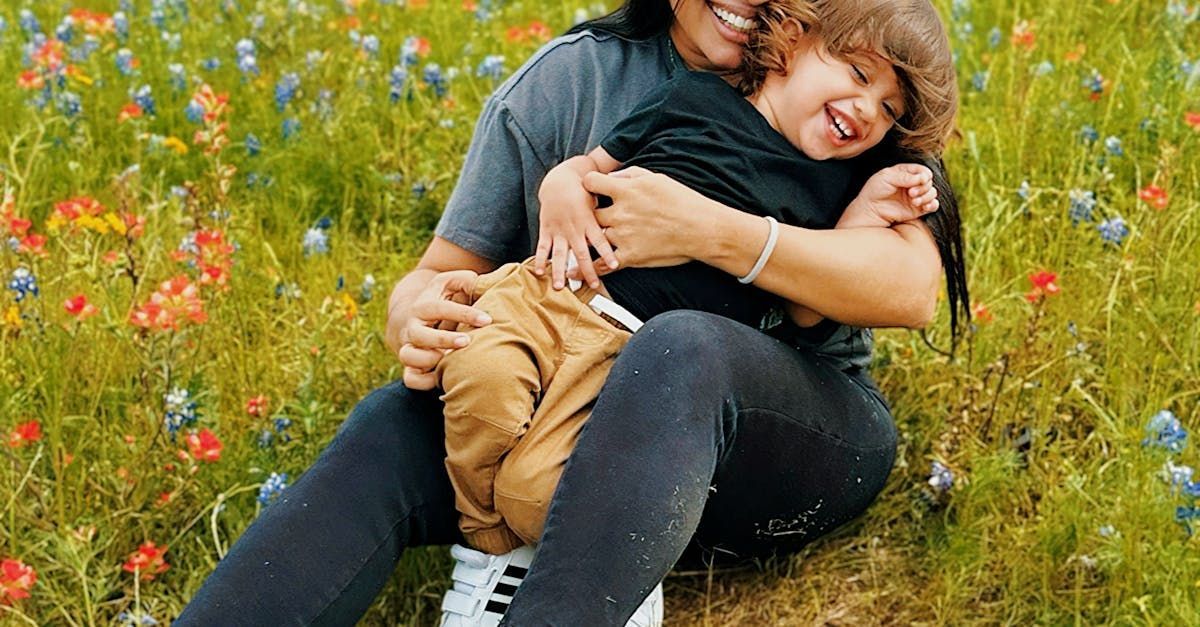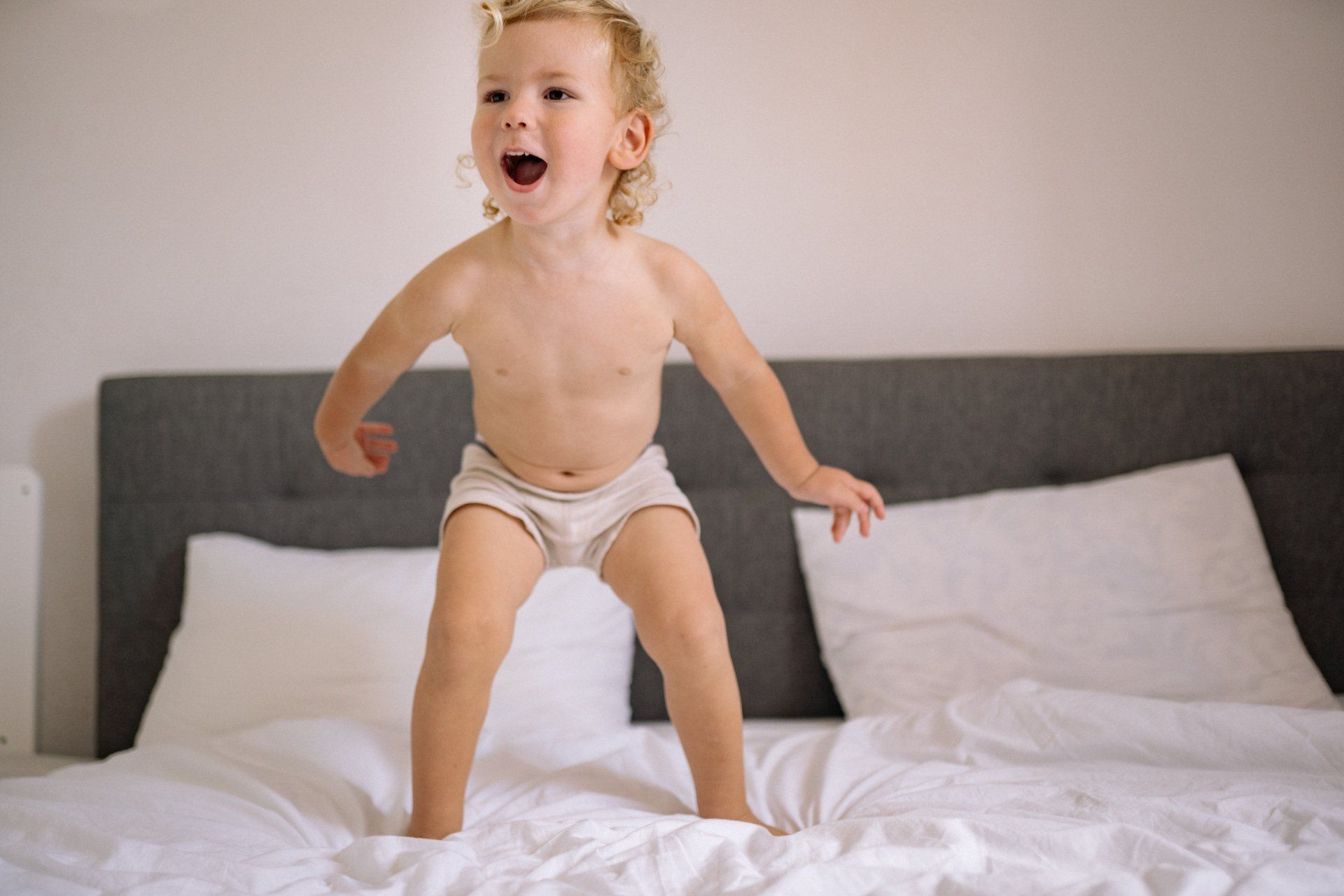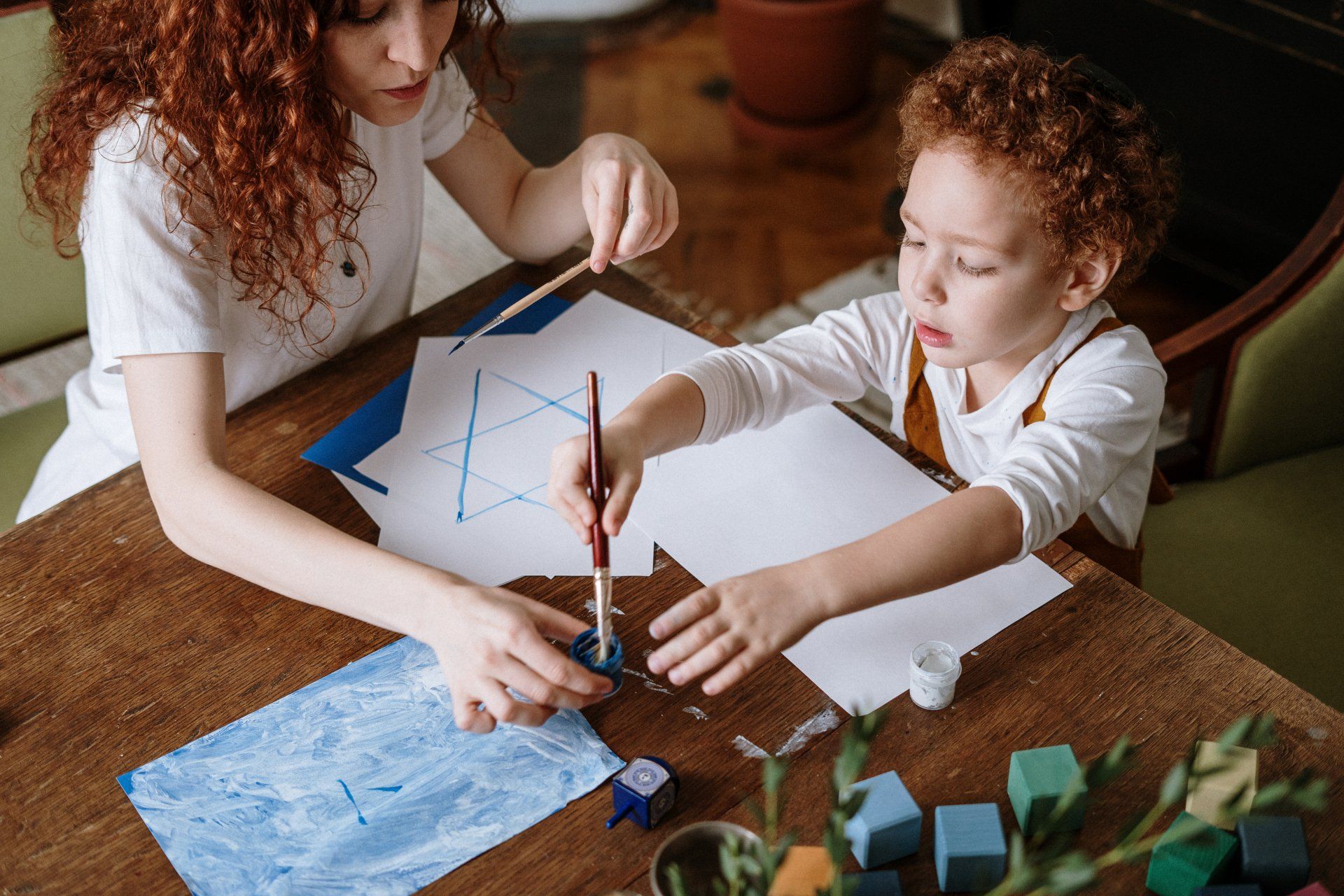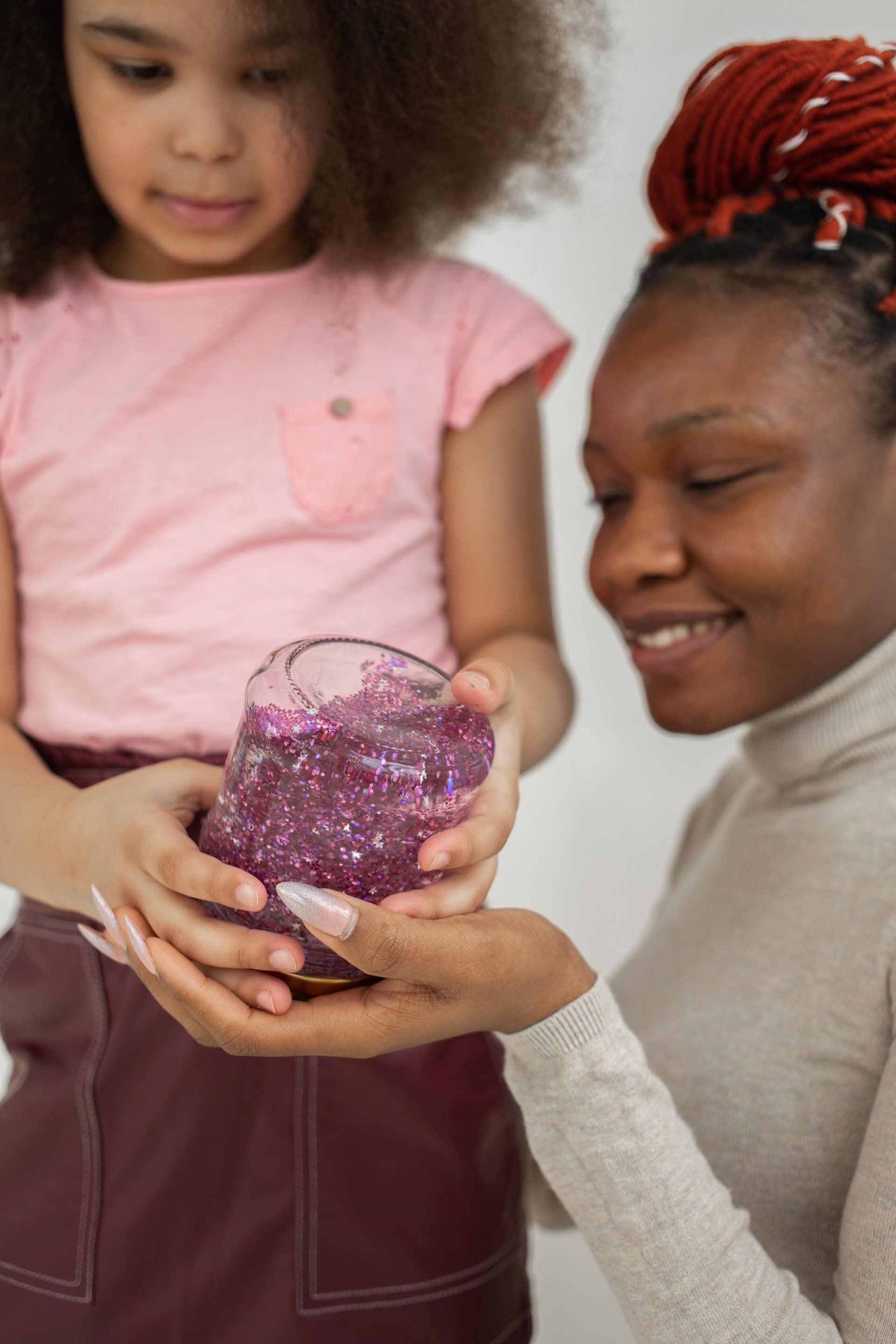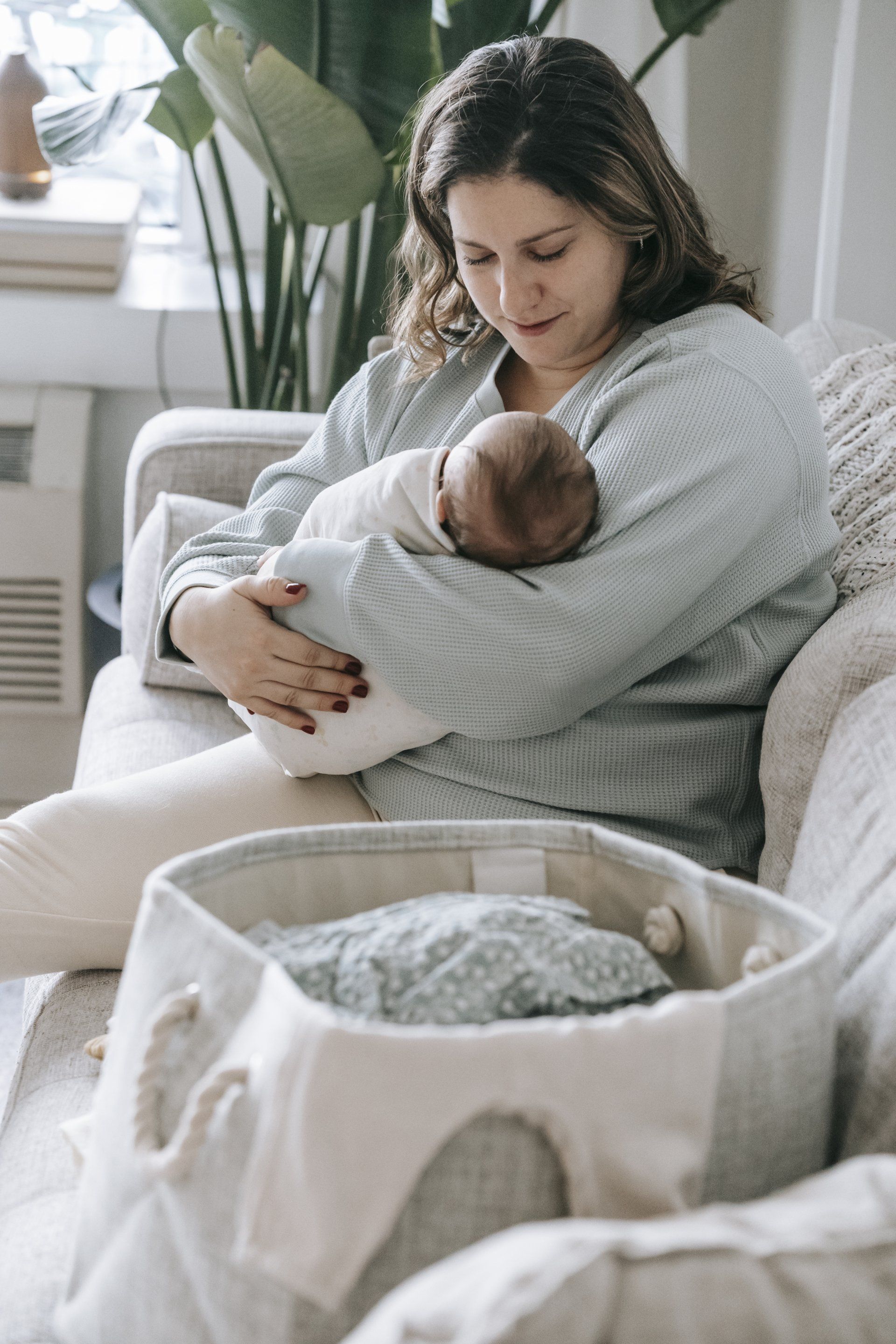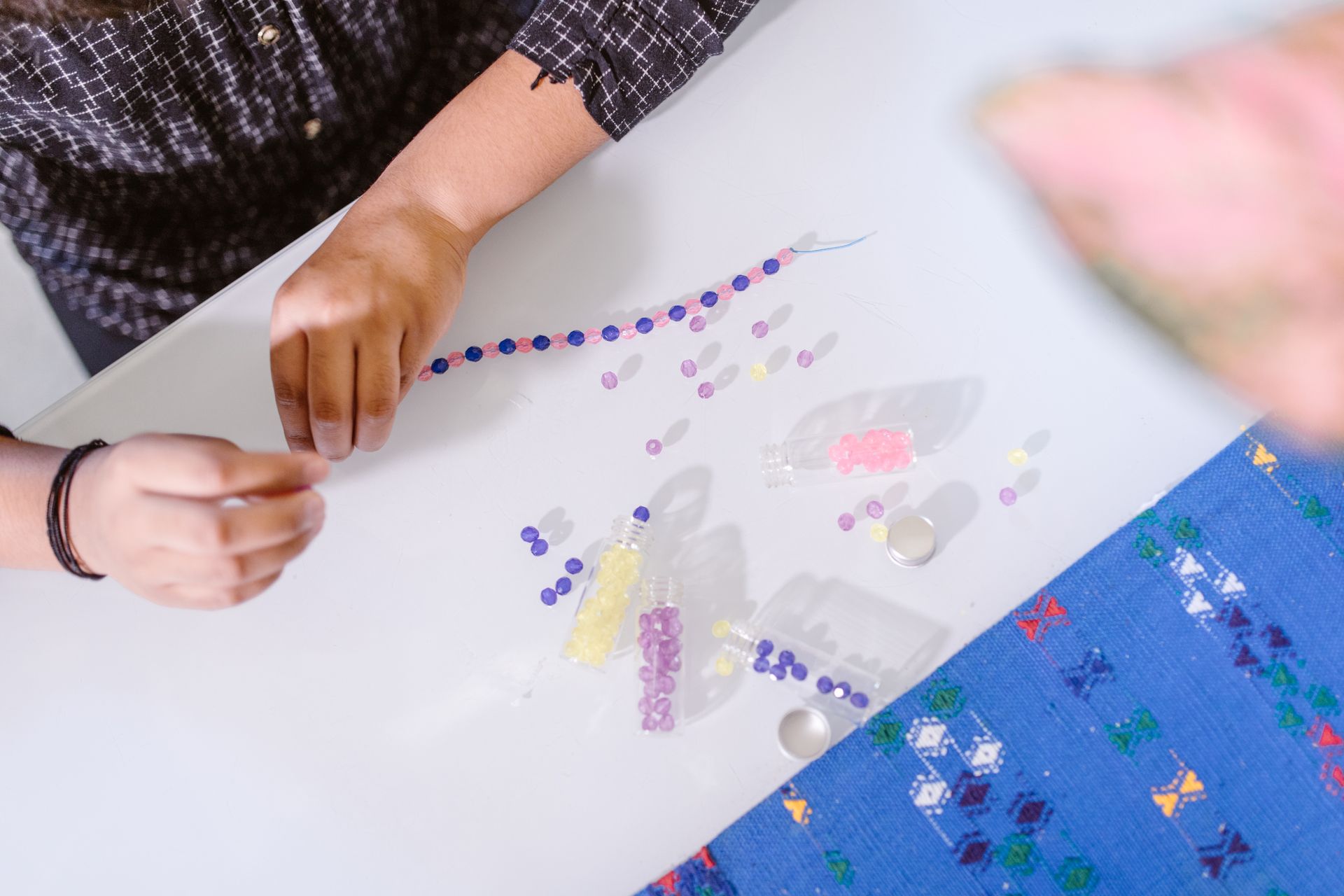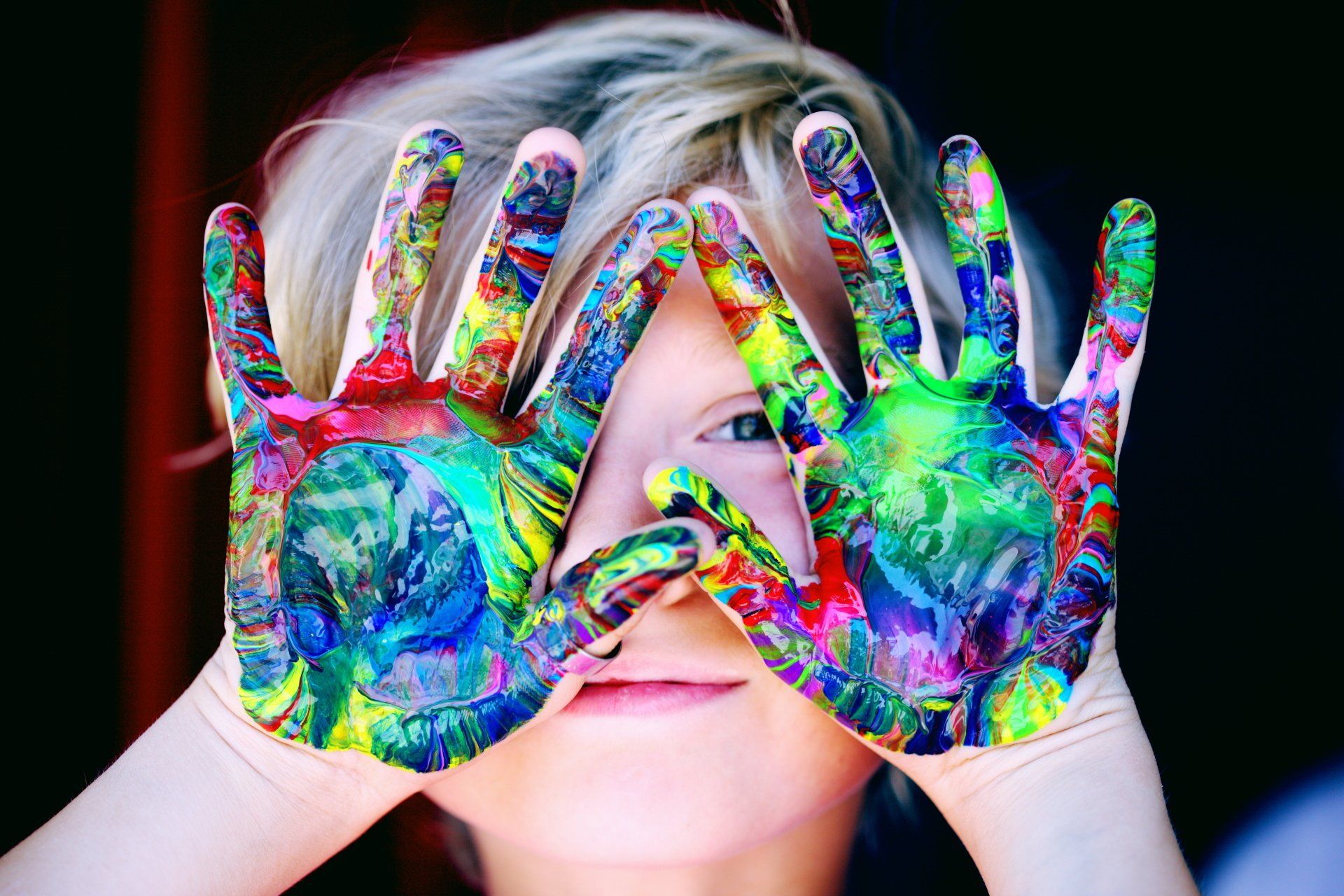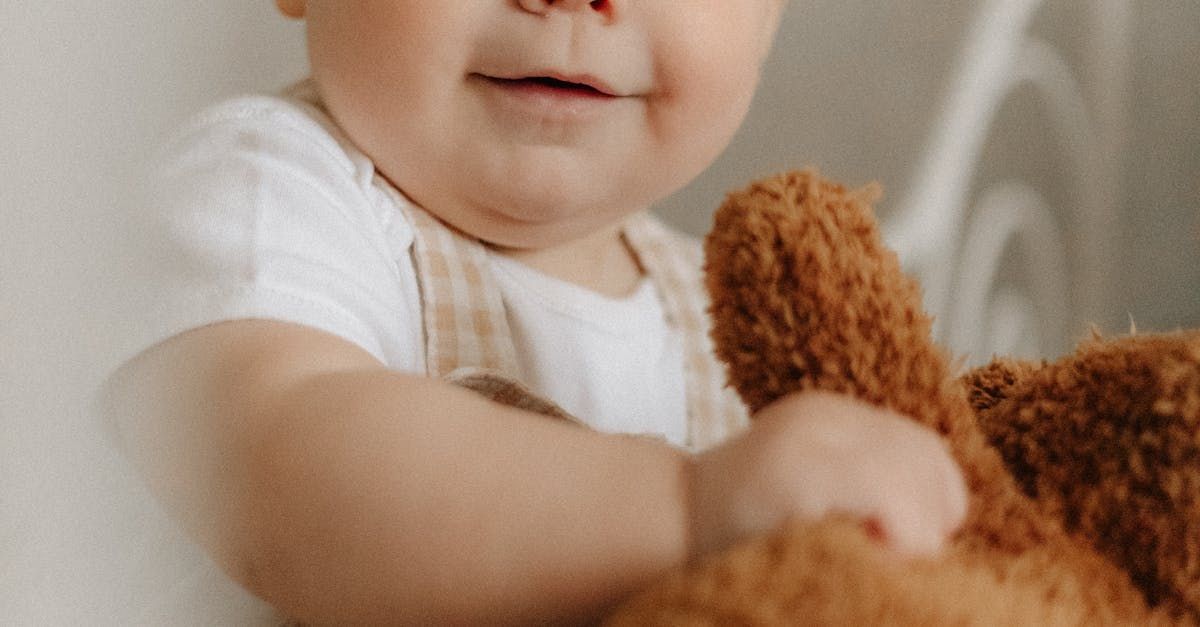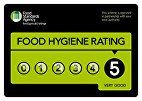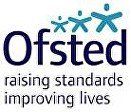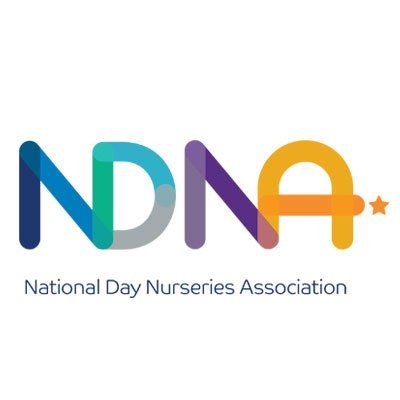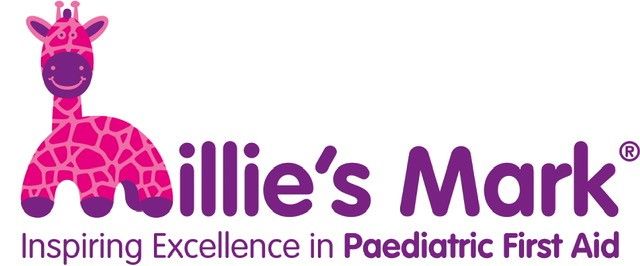Creating a Mindful Home Environment for Young Children
Creating a Mindful Home Environment for Young Children
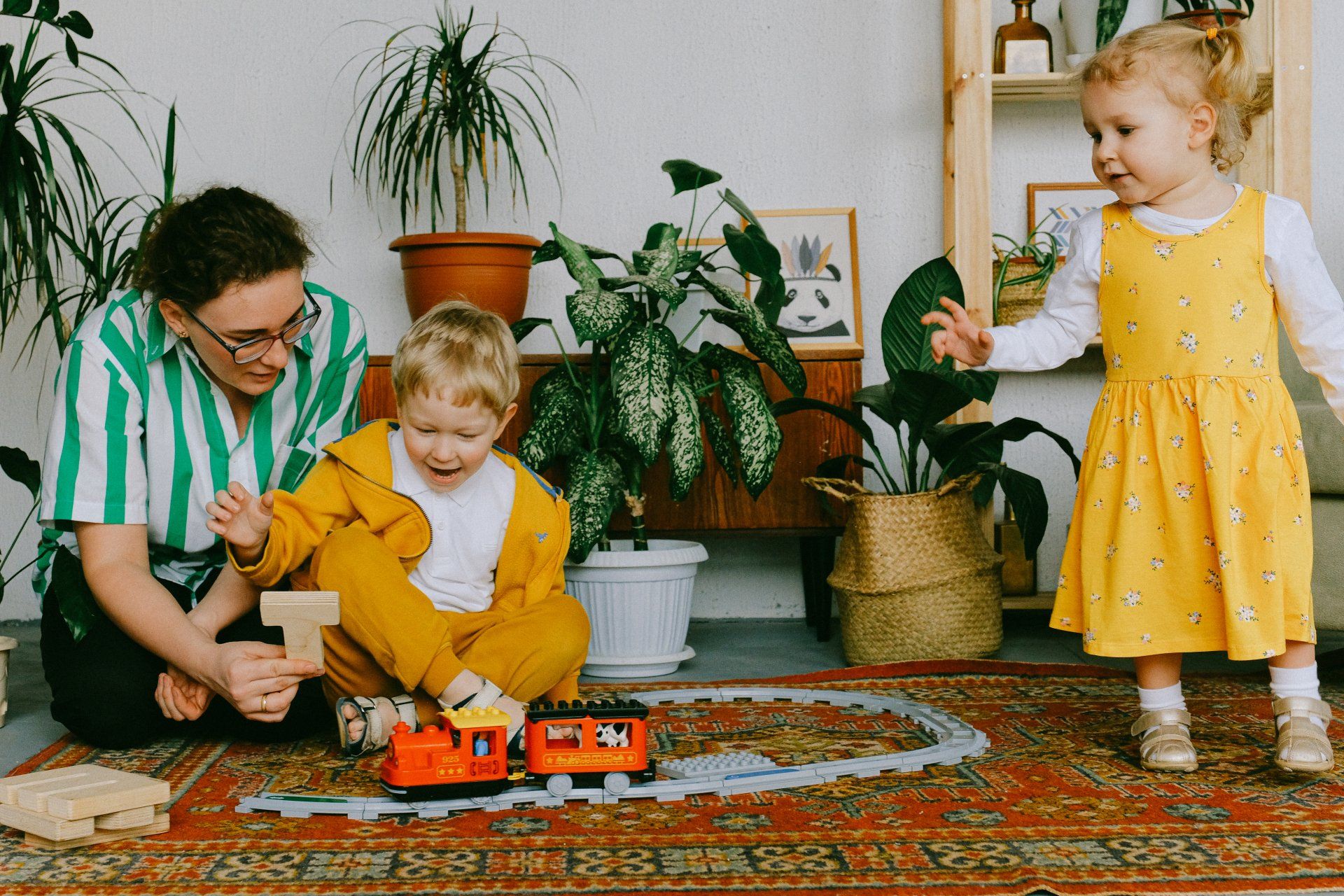
Creating a mindful home environment for young children is essential for their holistic development. In today's fast-paced world, a mindful home serves as a sanctuary where children can thrive emotionally, mentally, and physically. By fostering a mindful atmosphere, parents and educators can support children’s growth, enhance their well-being, and strengthen family bonds. This article will guide you through the steps of cultivating a mindful home environment, from understanding the principles of mindfulness in parenting to integrating these practices into everyday routines.
Understanding Mindfulness in Parenting
Mindfulness in parenting is about being fully present and engaged with your child. It involves observing without judgment, being aware of your reactions, and responding with intention and compassion. Research shows that mindful parenting leads to better emotional regulation, reduced stress, and stronger parent-child relationships. Imagine sitting with your child, giving them your undivided attention, and really listening to their stories and concerns. This simple act of being present can significantly impact their sense of security and self-worth. To practice mindful parenting, start by setting aside dedicated time for one-on-one interaction with your child, free from distractions. Engage in activities that require full attention, such as reading together or playing a game.
Key Elements of a Mindful Home Environment
A mindful home environment is calm, organised, and nurturing. Start by decluttering spaces to create a serene atmosphere. Use natural elements like plants, natural light, and earthy colours to promote tranquility. Imagine a cozy corner filled with soft cushions, where your child can sit and read a book in peace. Designate quiet areas where children can reflect and relax, such as a cozy reading nook or a meditation corner. These spaces should be inviting and comfortable, encouraging children to take a break from their busy routines and engage in mindful activities.
Mindful Communication with Children
Effective communication is the cornerstone of a mindful home. Active listening involves fully focusing on what your child is saying, without interrupting or planning your response. This builds trust and shows that you value their thoughts and feelings. Picture a conversation at the dinner table where everyone shares their day and listens with genuine interest. Use positive reinforcement to encourage desirable behaviours and offer constructive feedback when necessary. Teach children to express their emotions healthily, fostering emotional intelligence and resilience.
Activities to Foster Mindfulness in Children
Introducing mindfulness activities to children can be both fun and beneficial. Start with simple exercises like deep breathing or guided imagery to help them focus and relax. Engage in mindful play by encouraging activities that require concentration and creativity, such as drawing, building with blocks, or playing a musical instrument. Imagine a family yoga session where everyone participates in gentle stretches and deep breathing exercises. Incorporate short yoga sessions into their routine to improve physical and mental well-being.
Incorporating Mindfulness into Daily Routines
Incorporate mindfulness into your daily routines to make it a natural part of your family’s life. Establish a calming morning routine to start the day with a positive mindset. During meals, practice mindful eating by focusing on the taste, texture, and smell of the food. Create bedtime rituals that promote relaxation, such as reading a book or practicing gratitude. Consistent routines help children feel secure and reduce stress. Picture a peaceful bedtime routine where you and your child reflect on the day’s positive moments, fostering a sense of gratitude and contentment.
Challenges and Solutions in Building a Mindful Home
Building a mindful home can be challenging, especially with busy schedules and external distractions. Some common challenges include resistance from children, lack of time, and maintaining consistency. To overcome these obstacles, set realistic goals and start with small changes. Use resources like mindfulness apps, books, and online courses to guide you. Seek support from other parents or mindfulness communities to stay motivated and inspired. Picture yourself joining a local mindfulness group, sharing experiences, and learning new strategies to maintain a mindful home.
Conclusion
Creating a mindful home environment for young children is a rewarding journey that benefits the entire family. By understanding and practicing mindfulness, parents can foster a nurturing and supportive atmosphere that promotes emotional well-being and cognitive growth. Start incorporating these strategies today and witness the positive impact on your child’s development and your family’s overall harmony. Imagine a home filled with love, understanding, and mindful practices that support everyone’s growth and happiness.
FAQ
Q: What is a mindful home environment?
A: A mindful home environment is one that promotes calmness, organisation, and emotional well-being through mindful practices and intentional living.
Q: How can I start practicing mindfulness with my child?
A: Begin with simple activities like deep breathing exercises, mindful play, and creating quiet, reflective spaces in your home.
Q: What are some simple mindfulness activities for young children?
A: Activities include deep breathing, guided imagery, mindful colouring, yoga, and nature walks.
Q: How do I handle resistance from my child when introducing mindfulness practices?
A: Be patient and consistent. Start with short, engaging activities and gradually increase the duration. Use positive reinforcement and make mindfulness fun.
Q: Are there any resources for parents to learn more about mindfulness?
A: Yes, there are many resources available, including mindfulness apps, books, online courses, and support groups.

